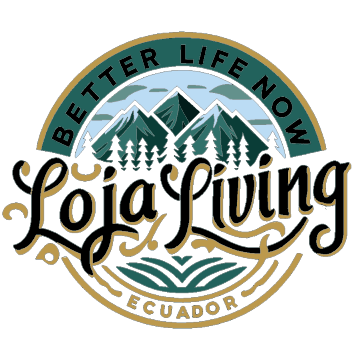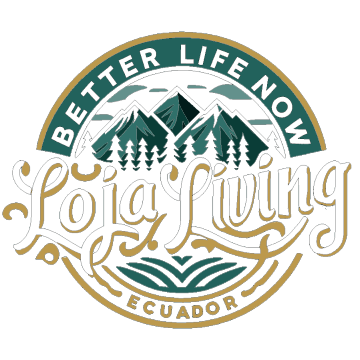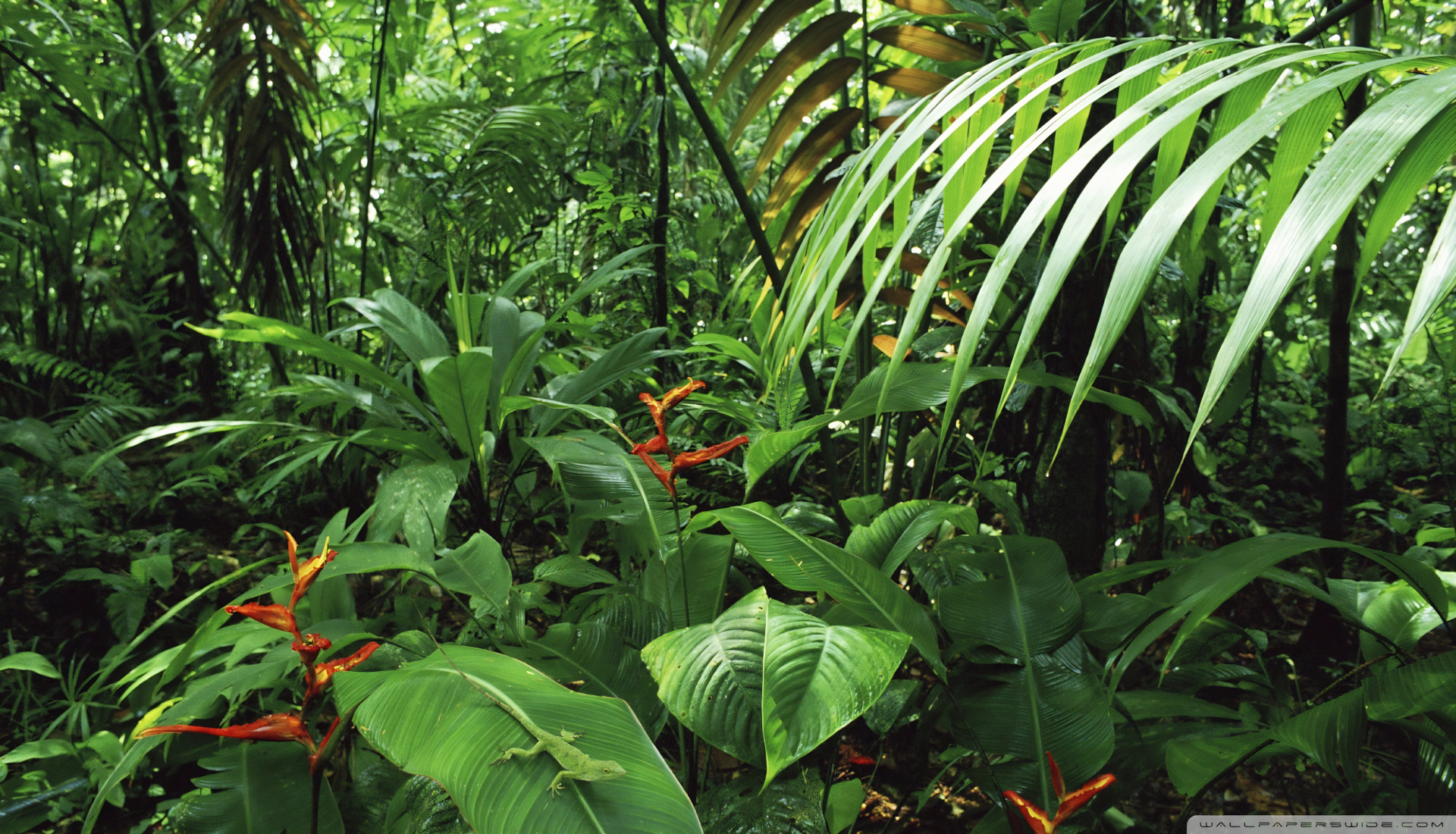Exploring Podocarpus National Park
Podocarpus National Park, designated as a national park in 1982, spans over 146,280 hectares and is located in the southeastern region of Ecuador, covering parts of the Loja and Zamora Chinchipe provinces. The park is renowned for its rich biodiversity and varied ecosystems, which include cloud forests, high-altitude paramo, and lush tropical rainforests. These diverse habitats are home to a wide array of flora and fauna, many of which are endemic to the region. The park also features numerous rivers, lakes, and waterfalls, contributing to its lush landscapes and providing vital water sources for both wildlife and surrounding communities. The weather in Podocarpus is characterized by a range of climatic conditions, from cool and misty in the cloud forests to warm and humid in the lower elevations near Zamora.
The Cajanuma entrance, situated about 10 kilometers from Loja on the road to Vilcabamba, provides access to several hiking trails. Visitors can explore the Spectacled Bear Trail, a 400-meter path through the cloud forest, ideal for spotting local flora and fauna. Another popular option is the Cloud Forest Trail, a 700-meter loop offering a scenic walk with natural viewpoints. For those seeking a more strenuous hike, the Viewpoints Trail extends 5 kilometers and provides panoramic views of the valleys of Loja, Vilcabamba, and Malacatos. The Lagunas del Compadre Trail, a challenging 14.5-kilometer route, requires at least two days to complete, with camping available by the lagoons. The Cajanuma refuge offers basic amenities, including a conference room, cabins, a camping area, and bathrooms, with overnight stays available for $3 per person per night.
The Bombuscaro entrance, located about 7 kilometers from Zamora, offers a different climate and ecosystem, featuring jungle and cloud forest. This sector is known for its lush vegetation and diverse wildlife. Visitors can enjoy short hikes to nearby waterfalls and scenic viewpoints, with trails ranging from easy to moderate difficulty. Birdwatching is particularly rewarding in this area, thanks to the rich variety of bird species. Near the visitor center, a small camping area and a weather monitoring station provide basic facilities, making it suitable for both day visits and overnight camping trips.
Camping is permitted in designated areas near both entrances, and it is advisable to register with park rangers and ensure you have the necessary equipment, especially for longer treks like the Lagunas del Compadre. Whether you prefer short walks or challenging multi-day hikes, Podocarpus offers trails for all levels, showcasing ecosystems from cloud forests to high-altitude paramo. The park is home to an impressive array of wildlife, including spectacled bears, mountain tapirs, and numerous bird species, with early mornings and late afternoons being the best times for wildlife spotting.
Preparation is key when visiting Podocarpus, as the weather can vary significantly between the Loja and Zamora sides. Visitors should bring appropriate clothing for both warm and cold conditions, along with insect repellent, sunscreen, and plenty of water. Podocarpus National Park promises a memorable experience filled with breathtaking landscapes and abundant wildlife, whether you enter through Loja or Zamora. For more detailed information and planning your visit, resources such as Travel to Blank and The Outbound provide valuable insights: Travel to Blank, The Outbound, Life-in-Ecuador.com.





